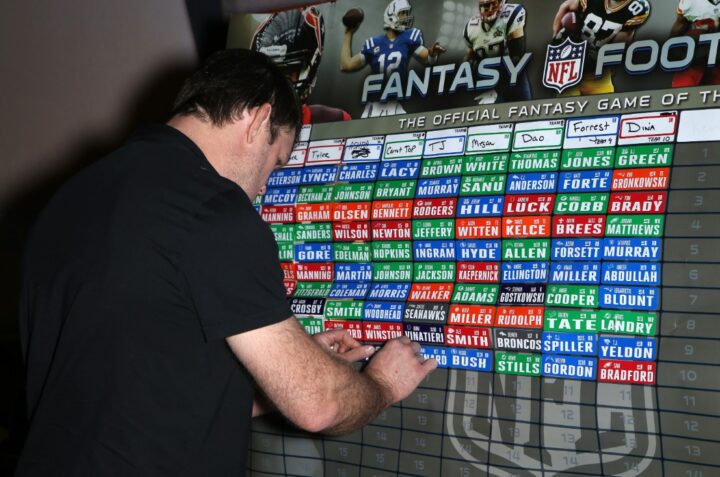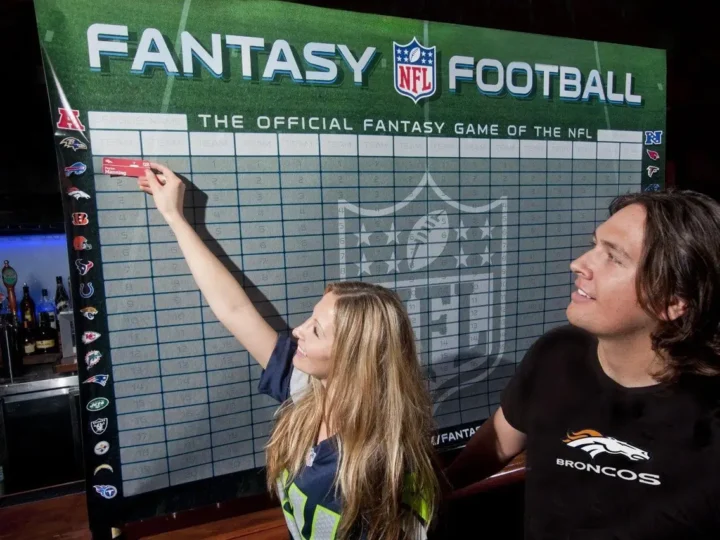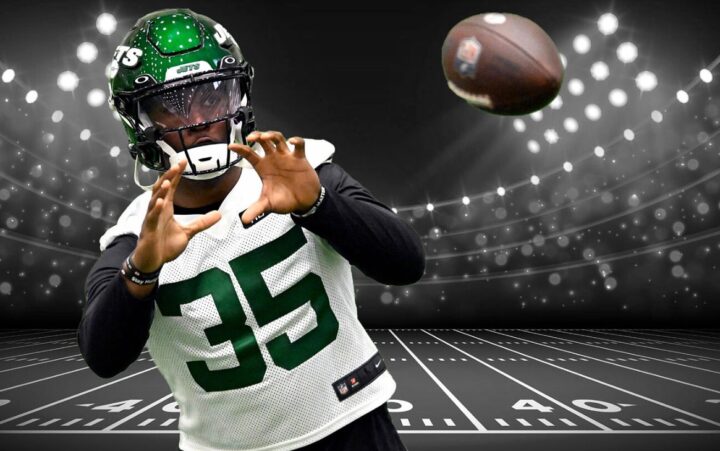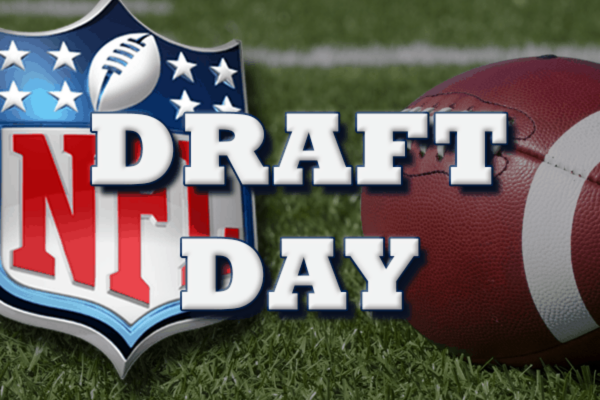The race is on! Get ready for an electrifying draft season with the 2024 fantasy football guide. We’ll cover all the ins and outs of a fantasy football draft, from the strategies to look out for to which players will make the biggest impact in your team’s future. So don your GM cap, sharpen your pen and let’s get drafting – you won’t want to miss out!
Draft Order and Selection Process
The draft order and selection process of a fantasy football league is the backbone of the entire game. This is when all participants select their players and build their teams for the season. They typically take place before the start of the NFL season.
At the draft, each team owner has an order, which determines in what order they will make their selections. The order may be predetermined or chosen via lottery, serpentine, auction-style system, or some form of the consensus decision-making process (depending on how many teams are participating). Once it’s determined which teams will pick first and last, each team takes turns picking players in an alternating fashion until every team has reached its preselected maximum number of roster spots.
For example, if Team 1 has 12 roster spots to fill, they can make 12 separate picks. If Team 2 only has 10 roster spots to fill they’ll have to wait until after Team 1 makes their 12th pick before they can begin selecting players on their roster. Each team may opt to trade back or forth with one another during the selection process but such trades must be agreed upon by both parties involved beforehand.
Once all of the teams’ rosters are filled out after making their selections, these hands off, and all that remains is for team owners to monitor how well those players perform in real-life games and score accordingly against other teams.

Strategies for Successful Drafting
The strategies for a successful online fantasy football draft in 2024 may vary depending on the league rules, but there are a few basics that apply to all formats. Firstly, it is important to know the scoring system and how many positions each team will have (quarterback, running back, wide receiver, tight end etc.) After researching and getting familiar with the players and teams involved in the league and building an overall strategy of which players to target during the draft. It is important to identify which positions have high value so that these can be taken advantage of first.
Secondly, knowing the league’s roster rules can be critical during a fantasy football draft. This includes understanding if certain positions need to be filled every game week or if certain players can be traded between teams as well as understanding any penalties associated with missing game weeks etc.
Thirdly, understanding bidding formats such as auctions or salary caps is incredibly important as they will determine how much each team can bid on each player when competing against other teams. Understanding how the budget works from your own team to those of your opponents can help you make smarter purchasing decisions throughout the entirety of your draft process.
Finally, it’s good practice for successful drafting to develop backup plans for players that may not be available or overextending budgets on certain positions – It’s important to know when it’s best to move on to another player instead of continuing with an unsuccessful pursuit. It is best practice to create a cheat sheet prior to each round detailing which players need to be targeted at what times based on their value and similarly writing down which recommendations should pass without taking any action if things aren’t going according to plan – successful drafts depend on being able to adjust plans quickly and effectively!

Keeping Track of Your Draft
After the draft is finished, it is still important for managers to keep track of all the players taken so that they can monitor their team throughout the season and potentially look for trade opportunities.
The most important aspect of managing a post-draft team is to know each manager’s team, who was taken by whom, and where in each round players were chosen. This information should be tracked accurately by all managers participating in the draft. This ensures that everyone will have the same reference on how it all went down besides just their memory.
There are two main ways to manage this data tracking—either using paper or digital methods. The paper method involves noting player picks after each round with a sheet of paper. Alternatively, more advanced leagues may choose to use online tools such as Fantasy Football Calculator which also provide some quantitative analysis based on industry metrics and projections as well as game-generating options right down to mock drafts and exclusive news.
When using online tools, owners can customize by season and league types such as keeper or redraft leagues since data points may vary depending on whether teams will have to protect any particular player from one year to the next—this isn’t applicable in standard redrafts. However, these tools allow managers to compare how other league members rated certain players and make decisions accordingly during their own drafts.

Post-Draft Strategies
After you’ve made your picks, your fantasy football team is in place and it’s time to start strategizing how to get the most out of your draft results. The first thing to do is examine the strength of your team and analyze areas you need to improve, such as lacking depth at a particular position or not having enough reliable points-scoring options on bye weeks.
Before the regular season begins, use the remainder of the pre-season time to adjust your roster where needed. You can pick up new players on waivers, complete trades with other teams in the league, and participate in a free-agent draft if one is held.
Utilize weekly updates regarding players changing teams or being injured for potential opportunities for upgrades or downgrades depending on your team’s needs. Additionally, watch out for any players emerging after pre-season games and make sure you’re signing them before anyone else notices them.
Conclusion
As you can see, participating in it requires a lot of knowledge, skill, and preparation. In order to build the best team possible, you’ll need to be well-informed on the different strategies and strategies that top players use.
Ultimately, it is up to you as to how deep you get into the draft process – some of the more experienced players might be willing to spend hours researching player stats and teams while others may simply enter the draft with an understanding of their favorite team’s roster.
Whether you are a seasoned veteran or just starting out on your fantasy football journey, understanding how drafts work will give you an edge in your upcoming league season.




